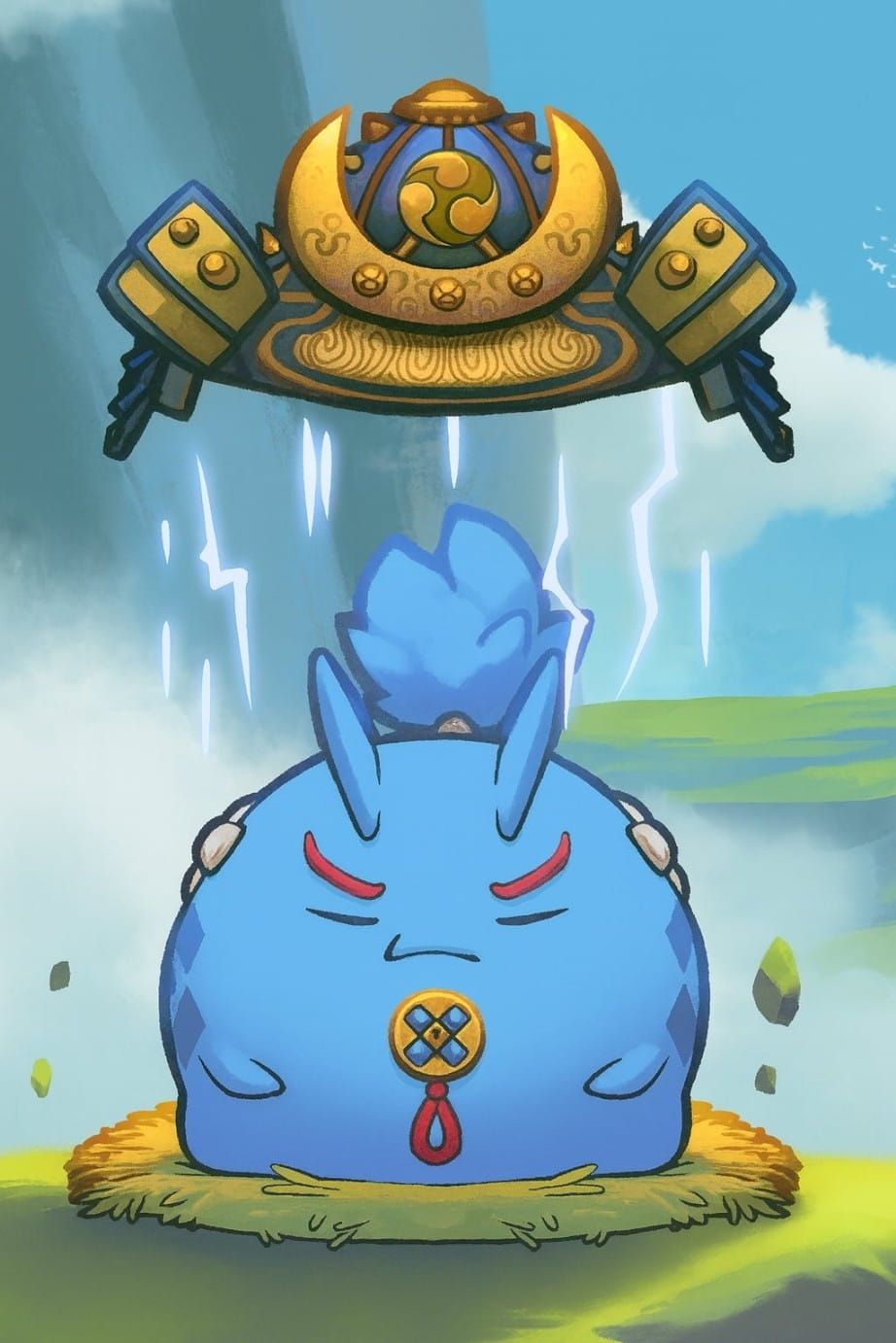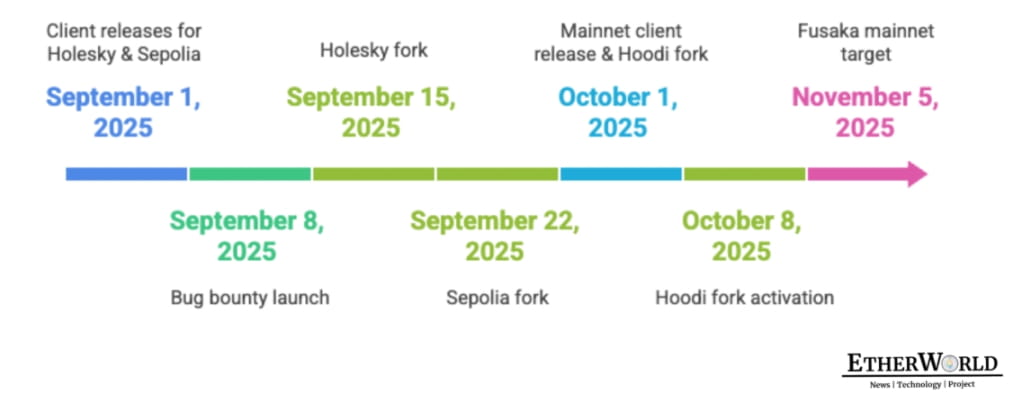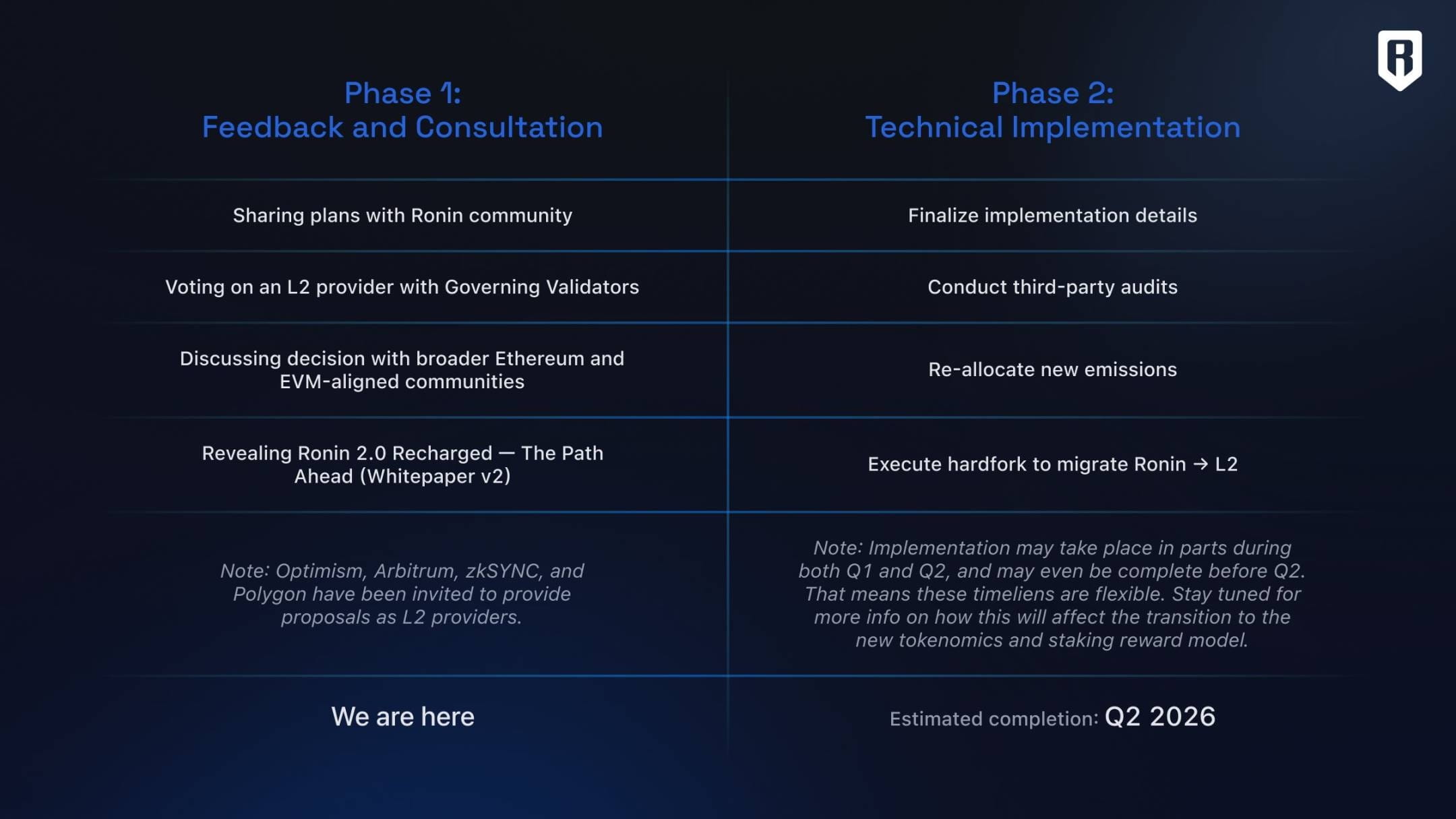Written by: 1912212.eth, Foresight News
On August 15, Ronin announced its transition from an Ethereum sidechain to an L2 solution. Just five months ago, Ronin had only announced the expansion of its DeFi operations and the integration of gaming and consumer Dapps on its sidechain. Why did it start this return journey overnight?
Four years ago, Ethereum's scaling roadmap was still in its early stages. Ronin states that the situation is now vastly different. Ethereum 'returns as king.' Both transaction costs and speeds have reached unprecedented ideal levels. As the underlying infrastructure for popular Web3 games like Axie Infinity, Ronin's strategic shift not only marks the resurgence of the 'Ethereum craze,' but may also signify the evolution of gaming blockchain towards a more mature and scalable direction.
Former Winners
The origin of the Ronin network dates back to 2021, developed by the Sky Mavis team, specifically tailored for the phenomenon game Axie Infinity. At that time, the high gas fees and congestion issues on the Ethereum mainnet had become pain points for gamers, leading to the emergence of Ronin as a sidechain, providing a low-cost, high-throughput trading environment.

At its peak, Axie Infinity attracted millions of players, with Ronin's daily active users exceeding 1 million at one point, driving the global popularity of the 'Play-to-Earn' model.
However, the good times did not last long. In March 2022, Ronin suffered the largest hack in history, losing $625 million in assets. This incident exposed the shortcomings of sidechains in terms of security and decentralization, leading many to believe that Ronin would decline as a result.
However, the Sky Mavis team has demonstrated remarkable resilience by upgrading the validator mechanism, transitioning to Delegated Proof of Stake (DPoS) consensus, and collaborating with institutions like Binance to successfully restore the network. In August 2024, Ronin also persuaded white-hat hackers to return $10 million worth of ETH, avoiding further financial losses.
By 2025, Ronin has risen again, with daily active wallets stabilizing at over one million, and games within the ecosystem like Pixels, Lumiterra, and Fishing Frenzy remain active. According to data from its official website, the total trading volume on its on-chain DEX has reached $9.41 billion, with a total NFT trading volume of $6.47 billion, and the total TVL has risen to $750 million, with wallet downloads reaching 31 million.
The limitations of sidechains are becoming increasingly evident.
The catalyst for this transition lies in the limitations of the sidechain model. With the rapid development of the Ethereum ecosystem, while sidechains can provide independence, they often sacrifice shared security and liquidity integration with the mainnet.
The Ronin team clearly stated in their announcement: 'Ronin is returning to Ethereum as Layer 2.' This decision is not a sudden whim but a trend in the industry. By 2025, multiple Layer 1 chains such as Celo and Cronos will migrate to L2 architectures, highlighting the advantages of L2 in inheriting Ethereum's security while achieving high TPS (transactions per second).
According to data from the Ethereum Foundation, L2 solutions have increased the overall network TPS to over 100,000, driving global adoption. Ronin's transition will utilize zero-knowledge proof (zk) technology to build zkEVM (Zero-Knowledge Ethereum Virtual Machine), which can not only maintain compatibility with Ethereum but also significantly reduce transaction costs and delays.
The King of Ethereum Returns
One key reason Ronin chose to return to Ethereum and transition to an L2 solution is Ethereum's strong recovery in Q3 2025, with ETH stabilizing above approximately $4,600 in mid-August, very close to its all-time high.
The market's confidence in Ethereum has rebounded, partly due to the explosive activity in its ecosystem.

According to DefiLlama data, the total locked value (TVL) of DeFi on the Ethereum mainnet has exceeded $94.552 billion, far surpassing Solana's $10.828 billion, maintaining its dominant position in the DeFi market. This level of activity provides Ronin with a vast user base and liquidity pool, ensuring that game assets can circulate in the broader Ethereum ecosystem after the transition, achieving higher adoption rates.
Additionally, Ethereum's future technological roadmap further enhances its appeal to L2 projects. Following the Dencun upgrade in 2024, the Pectra (Prague-Electra) hard fork in Q1 2025 has been successfully deployed, significantly enhancing network scalability, reducing fees, and optimizing the staking mechanism. Looking ahead, Ethereum plans to push for the Fusaka upgrade by the end of the year, which is the first significant upgrade focused on underlying performance optimization since the Pectra upgrade, including multiple core Ethereum Improvement Proposals (EIPs). Fusaka will significantly increase blob capacity, allowing Layer-2 rollups (such as Arbitrum and Optimism) to process more data and reduce costs, aiding transaction throughput to reach tens of thousands of TPS.

In addition, post-upgrade, node operating costs will decrease through Verkle trees and PeerDAS, reducing device requirements and promoting a more decentralized network, including the development of mobile and light client ecosystems.
For Ronin, this attraction means transitioning from an isolated sidechain to a thriving 'modular' ecosystem, supporting its long-term competitiveness in the Web3 gaming space.
Migration to be completed by Q2 2026, tokens will launch new 'Allocation Proof.'
In terms of specific transition details, Ronin plans to complete the migration by the second quarter of 2026, using Polygon's Chain Development Kit (CDK) as the foundation. Ronin will benefit from Ethereum's strong security and decentralization, with transaction speeds improving by 12 times.

The speed improvement is crucial for games like Axie Infinity, allowing players to conduct NFT transactions and in-game economic activities more smoothly. Additionally, developers will benefit greatly. Ronin will position itself as 'the gaming engine of Ethereum,' attracting more third-party builders to deploy custom L2 chains. New projects such as Cambria Duel Arena, Fableborne, and Angry Dynomites have emerged in the ecosystem, which will leverage L2's DeFi integration for seamless integration of gaming and finance.
It is worth mentioning that after the migration, RON token staking rewards will also be distributed to builders through a new 'Allocation Proof' model.

In recent years, RON rewards have been flowing to Governing Validators and Regular Validators to incentivize them to secure the network. However, after this upgrade, RON rewards will flow to Governing Validators and Contributors. This will strengthen the incentive connection between builders and users, creating a new positive cycle centered around the RON token.
Sky Mavis co-founder Jihoz once said: 'Ronin is the Nintendo of the crypto world.' With the migration underway, Ronin may hope to rekindle hope in blockchain gaming.



